One of the most effective tools for unlocking the secrets of the future is, undoubtedly, Tarot cards. Born in the medieval era, the practice of Tarot reading has not only stood the test of time but has also adapted to contemporary realities. Modern tarot readers lay out their cherished cards with the same awe and reverence as their counterparts did centuries ago.
First Steps in Tarot Cards: Basic Rules for Beginners
Tarot card reading is a fascinating endeavor—one you can spend a lifetime mastering and still find some things beyond the realm of your understanding. However, when starting out with Tarot cards, a few simple basic rules are enough to get you going.
1. Choosing a Deck
Let's get this straight: there are dozens of Tarot decks out there, each with its own unique design. And every year brings a fresh wave of creative interpretations by various artists. But here's the kicker: variety isn't always your friend. In this particular case—especially if you're new to the Tarot world — too many choices can distract you from what really matters.
So, here's a simple tip for beginners: stick with just one classic deck at first. The Rider-Waite deck is your best bet for this. It's visually stunning, time-tested, and easy to understand. Crafted in the early 20th century by publisher William Rider and artist Arthur Waite, these Tarot cards feature intuitive narrative illustrations. These not only make the deck easy on the eyes but also help novices interpret spreads without constantly flipping through guidebooks.
Once you've got the hang of this versatile deck, you can start exploring other Tarot variations—like the Marseille Tarot, Manara Tarot, Thoth Tarot, and even Egyptian and Japanese Tarots, among many others.
2. Methods for DIY Card Interpretation
When it comes to Tarot divination, you've got three main approaches at your disposal: systematic, intuitive, and a hybrid of the two. With the systematic approach, you adhere strictly to traditional card meanings. In the intuitive mode, you let your eyes wander over the card, tuning into the images and thoughts that spontaneously spring to mind. And with the hybrid approach? Well, that's when you bring both methods into play.
If you're just getting started, it's often easier to stick with the systematic method, leaning solely on established card meanings outlined in guidebooks. But as you grow more familiar with your Tarot deck and deepen your understanding of the cards, you might want to dabble in intuitive readings. Just remember: intuition works best when it complements, rather than replaces, traditional interpretation methods. Trusting your gut while also respecting established meanings can add layers of nuance that come from the depths of your subconscious.
When you gaze at a particular Tarot card, you may sense shades of various emotions—fear, anxiety, joy, happiness... By layering these emotional hues onto the card's textbook meaning, you can enrich your reading, adding volume and depth. This is the essence of the hybrid method, a technique widely employed by seasoned Tarot professionals.
3. How to Do a Self-Reading with Tarot?
First things first, set the stage for your reading. Your environment should be conducive to concentration, free of distractions that could interfere with your focus.
Next, mentally formulate the question that's on your mind. Aim for specificity; vague or philosophical queries won't get you far. Tarot cards aren't great at delivering clear answers to nebulous questions.
Then draw a card from the deck, take a good look at its imagery, and try to interpret what you see, keeping your intuition in the loop. For instance, bright and vibrant colors on a Tarot card may signal leadership and proactive measures, while a gloomy background could hint at doubts, introspection, or caution.
At the same time, consult your guidebook—what does it say about the meaning of the card you've drawn? Don't be discouraged if you struggle to understand the Tarot's messages at first. Clarity will come with practice. As time goes on, you'll accumulate the necessary experience and knowledge to accurately grasp what the Tarot cards are trying to tell you, warn you about, or advise you on.
Hide
>




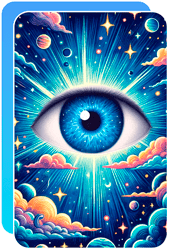
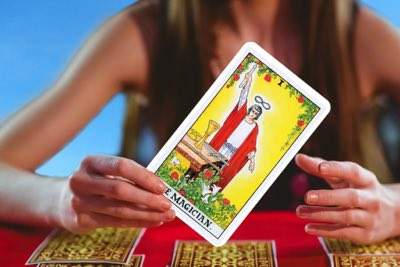 Tarot reading is not just a captivating pastime, but also a beneficial one. Often, we find ourselves in situations where the urge to glimpse into the future is irresistible. Divining through Tarot brings a sense of certainty to tomorrow, allowing us to prepare for upcoming events and obtain answers to pressing questions.
Tarot reading is not just a captivating pastime, but also a beneficial one. Often, we find ourselves in situations where the urge to glimpse into the future is irresistible. Divining through Tarot brings a sense of certainty to tomorrow, allowing us to prepare for upcoming events and obtain answers to pressing questions.

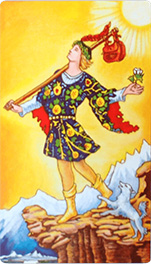 Major
Major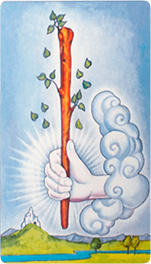 Suit
Suit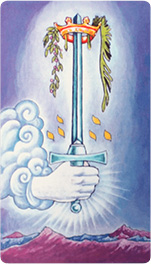 Suit
Suit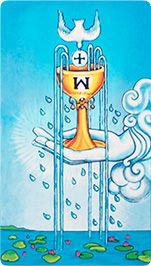 Suit
Suit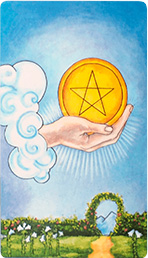 Suit
Suit
















































































































